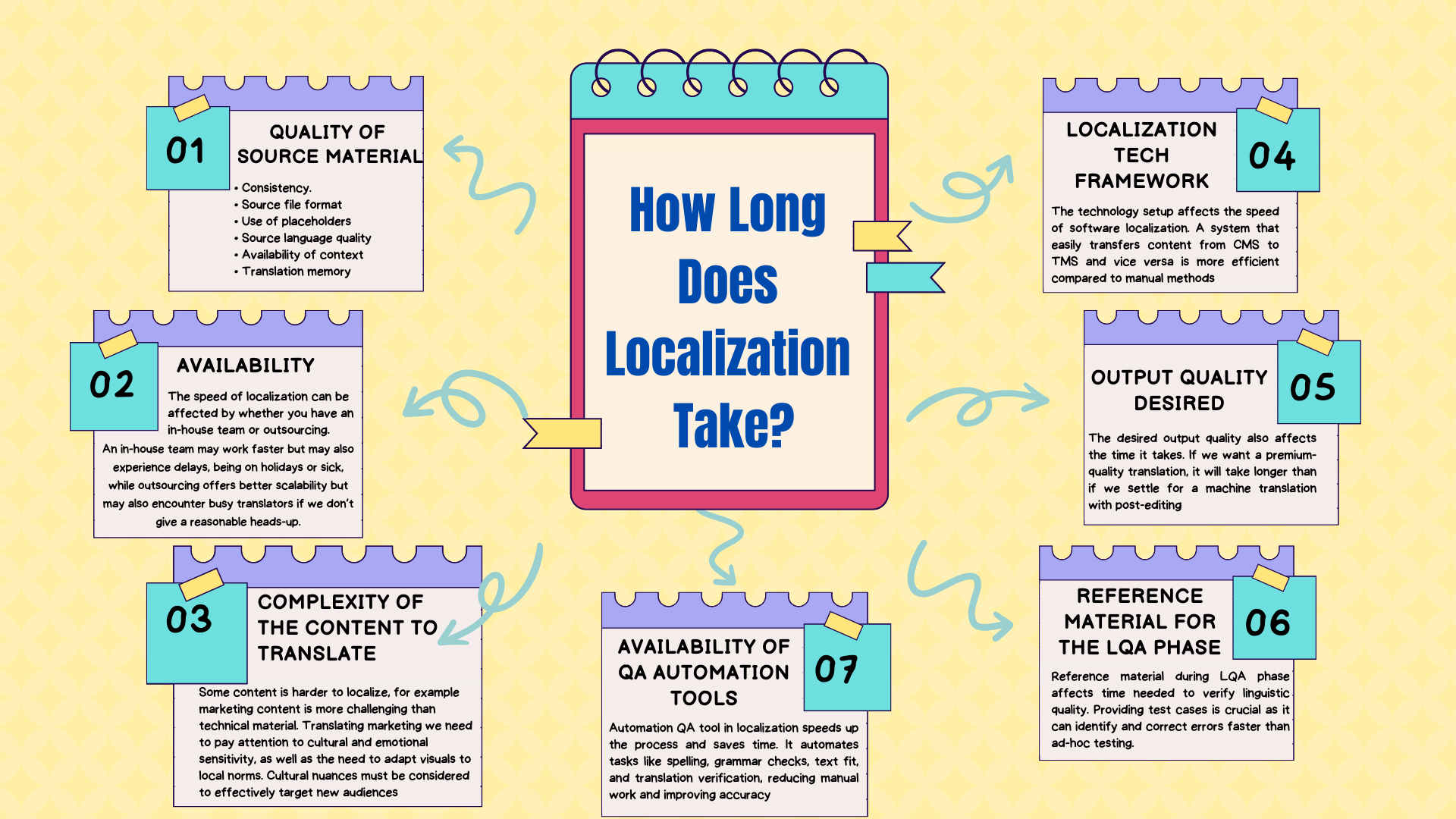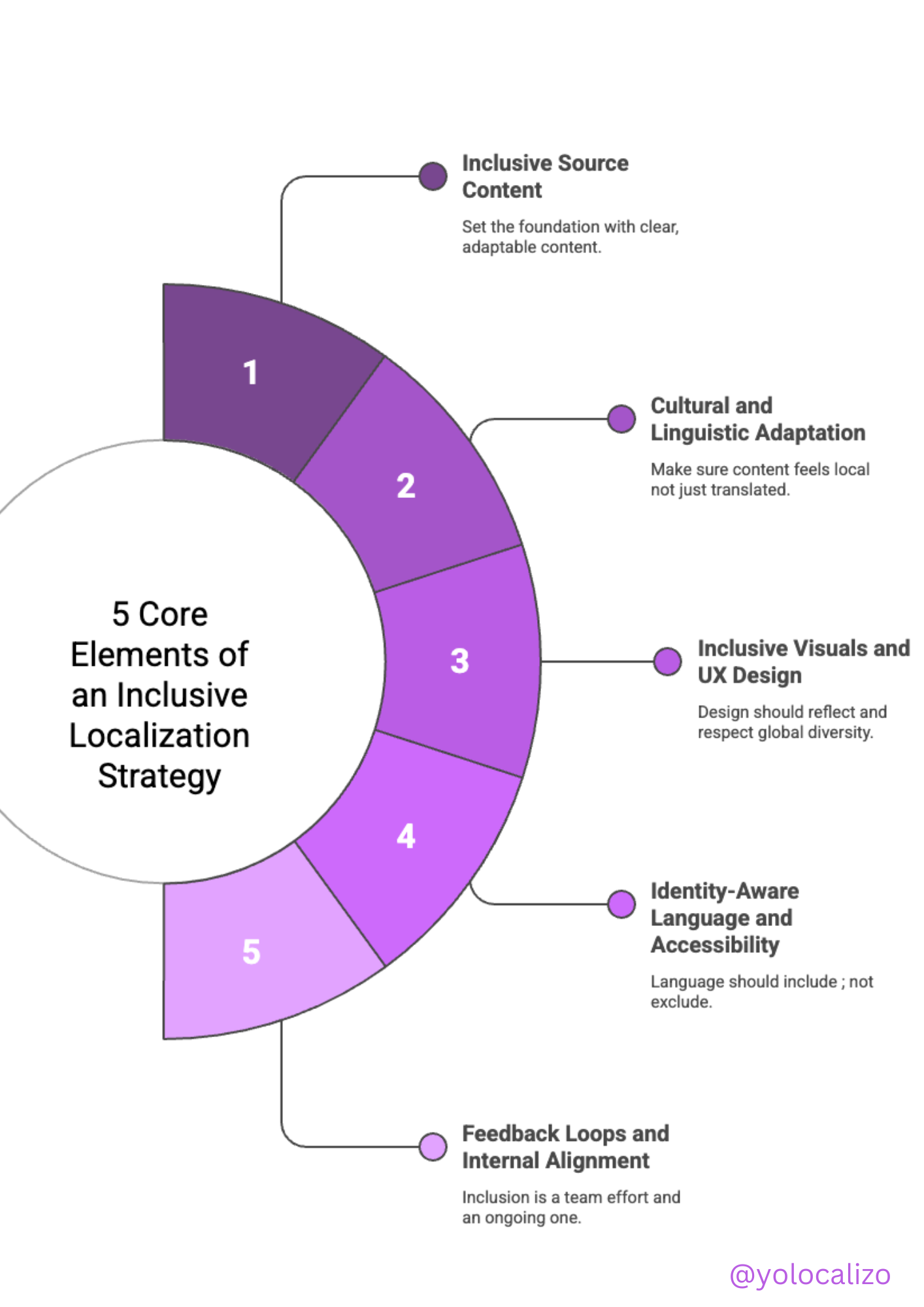Inclusive localization: our industry’s way out of the commoditization trap and the price-per-word model
Around this time of year, the last fiscal quarter kicks off, assuming you’re in a company that runs from July to July instead of the calendar year. That’s actually pretty common in U.S.-based companies, especially in tech.
And this is when people start talking about forecasts, about what we’ll need to make next year happen.
That’s when things get tricky. We start working with numbers, guesses, and assumptions about what we’ll need to achieve our localization goals.
And then, usually, one of two things happens.
You’re in a company that actually sees Globalization as a revenue enabler, and you get more resources and a bigger budget to explore how localization can help unlock opportunities in global markets and reach more customers.
Or you’re in a company that sees localization as a cost center, and the goal is for you to spend less than last year, or at the very least, not more.
From what I’ve seen and from conversations with industry peers, most localization folks fall into that second bucket.
And by default, that puts the whole industry in a tough spot.
The localization industry has long operated under a volume-driven model: price per word, fuzzy match discounts, and MTPE rates.
I’ve been seeing this play out for years. And this path inevitably leads to commoditization.
If you're in that second scenario, budget holders usually don’t light up when you talk about strategic impact. But they do if you tell them that this year the budget is 8.2% lower thanks to better volume discounts.
Volume vs. value. That’s the big dilemma.
As long as we measure impact through volume-based metrics, it’s really hard to escape the trap of paying per word and giving everything that commoditized vibe.
Escaping this framework is hard.
It’s a framework that prioritizes efficiency and cost reduction over growth potential in new markets.
But hard doesn’t mean impossible.
Not everything we do can, or should, be measured with a unit as outdated as the word.
Creating budgets based on word counts?
That’s something we need to rethink.
Enter Inclusive Localization
Inclusive localization doesn’t scale by volume. It doesn’t get cheaper with fuzzy matches or machine output.
And that’s exactly what makes it powerful.
Too often, we reduce localization to just translation, a word-for-word replacement. However, real localization is about adapting content, visuals, and messages to make them feel right in another culture.
That means:
Rewriting jokes or references that don’t work in another region
Replacing idioms with neutral, globally understandable language
Choosing images, names, and storylines that reflect your audience’s reality
Avoiding gendered or exclusive language that might alienate people
Including regional voices, holidays, and cultural moments, so it all feels respectful and relevant
This isn’t mechanical work. You can’t automate this with translation memory.
It’s strategic, creative, and deeply human. And yes, it often takes more time.
But here’s the key. It creates business value.
A word-per-word pricing model makes it really hard to justify this kind of work.
But with an inclusive localization strategy, the conversation changes.
Inclusive localization helps companies:
Reach underserved markets that were previously ignored due to language or cultural barriers
Build trust with users who feel seen and valued
Avoid costly mistakes caused by tone-deaf content
Plant the seeds for long-term relationships with customers who feel like the brand actually gets them
This is a growth strategy in today’s world, where user loyalty is built on experience, not just features.
Final thoughts
Inclusive Localization breaks the pricing model
What’s beautiful about inclusive localization is that it’s not only the noble cause that it serves .. which is by itself worth it.. .but also that it forces a different kind of conversation, one our industry has needed for a long time.
It shifts the focus.
Not from cost per word. But to how localization unlocks market access.
You’re not just translating. You’re enabling meaningful entry into new regions with care and intention.
Not from fuzzy match discounts But to trust and emotional connection.
Inclusive localization builds credibility with users who often feel left out or overlooked. That kind of trust can’t be priced by the word, but it’s priceless when it comes to retention and brand loyalty.
Not from speed and efficiency only, but from equity, user experience, and long-term value. Yes, speed matters, but not if it comes at the cost of excluding people or flattening their identities.
Inclusive localization breaks the old model because its value can’t be measured by volume. And that’s a good thing.
It encourages pricing based on strategy, not just output.
It gives us permission to advocate for quality, not quantity, and align our work with real business impact.
This is the way forward if we want to escape the system that rewards volume and punishes creativity.
Inclusive localization isn’t just better for users. It’s better for the business, too.
@yolocalizo















Localization teams collect tons of data, edit distance, LQA errors, fuzzy matches, deadlines met, but too often, that data doesn’t speak the language of business. This post explains how to change that. By linking each localization metric to one of the classic project management levers, quality, time, or cost, and showing its real-world impact, we can turn linguistic KPIs into insights that leaders understand, value, and act on.